Prepare for National Roller Coaster Day
National Roller Coaster Day bills itself as "a celebration of the king of thrill coasters" and has been held annually on August 16 since the 1980s. This day is notable because the two roller coaster pioneers got the first U.S. patent for the wooden roller coaster in 1878. Branson roller coaster enthusiasts should take advantage of this one-of-a-kind National Roller Coaster Day celebration.
People who make it a point to ride the most exciting roller coasters are thrill seekers who perceive it as pleasurable. They may be more daring and willing to take risks. Roller coasters allow you to have fun in a safe atmosphere. Most people enjoy amusement park rides and seeing others ride the scariest roller coasters.
The History Of National Roller Coaster Day
National Roller Coaster Day was established in the mid-1980s by a major newspaper (believed to be the Los Angeles Times), which declared it a holiday within the amusement park industry. This proclamation was based on the date of the first roller coaster patent (August 16) in the United States. Every year on the same date, numerous amusement parks commemorate National Roller Coaster Day.
The History Of Roller Coasters
Roller coasters have been in existence for quite some time. They can be traced back to rides known as "Russian Mountains," which were established in the 17th century and explicitly utilized made hills of ice. These were followed by the Promenades Aeriennes, the first modern coaster, which debuted in Paris on July 8, 1817. This coaster included numerous modern roller coasters elements, such as wheels that locked into the track, guide rails, and faster speeds.
Mining railroads and scenic trains became prevalent during the 1800s, but it wasn't until 1886 that the first roller coaster was formally patented. Roller coasters grew in popularity over the next few decades, and by the 1920s, the Golden Age of the Roller Coaster had arrived. Since then, they've been an accepted part of society.
Exciting Facts About Roller Coasters
Roller coasters are more than just attractions that provide their riders with a short rush of excitement or the occasional upset stomach. They're also fascinating pieces of machinery that need closer study. So, without further ado, here are some fascinating facts about roller coasters that need to be more well-known.
It is projected that one in every 500 million individuals will be harmed on a roller coaster. The first roller coasters built in the 17th century were the Russian Monsters. Roller coasters were considered in their "Golden Age" during the 1920s. The world's most famous historic roller coaster, the Cyclone, initially opened in 1927.
The Mauch Chunk Switchback Railway was established in 1827 to transport coal nine miles between coal mines. Gravity dragged the carriages holding 1.5 tons of coal downhill, which were eventually dragged back up by mules when they were empty. Tourists saw this and immediately thought, "I want to travel there," as any interested human would when gazing upon such a zippy device. At its zenith in 1873, Mauch Chunk carried 30,478 adrenaline-rushed passengers—each for only 75 cents.
The Psychological Effects of Riding a Roller Coaster
The psychological effects of riding the Branson roller coaster will vary depending on whether you like roller coasters. Our fight-or-flight reaction is stimulated, resulting in an adrenaline rush. Those who enjoy roller coasters usually feel joy, enthusiasm, excitement, and satisfaction since it is what they want to feel. As a result, the psychological effect is favorable. The pleasure principle is immensely satisfying.
Those who are anti-roller coasters may experience anxiety, panic, and horror and find no enjoyment in this experience. We will do anything to avoid this feeling, including "fleeing" the circumstance. Some people prefer feeling afraid, but the psychological distinction is that terror is a welcoming sense for them. Thus it will still result in a great experience and enjoyment.
People who adore roller coasters will generally seek out the scariest, tallest, or fastest roller coaster to ride to challenge themselves and pursue that adrenaline rush. Roller coasters give you the sensation of doing something scary and life-threatening, yet in a relatively safe manner.
How To Celebrate National Roller Coaster Day
The best way to commemorate National Roller Coaster Day is to spend the day at your favorite amusement park, riding roller coasters. While you're out riding coasters, snap pictures of your travels and share them on social media so that everyone can see how much fun you're having.
During the National Roller Coaster Day celebration of the king of thrill coasters, which will be held on August 16, many roller coaster enthusiasts will come to continue patronizing this thrilling ride activity.
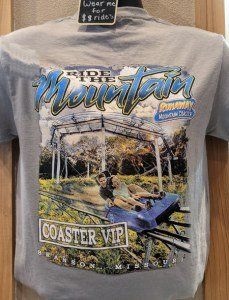
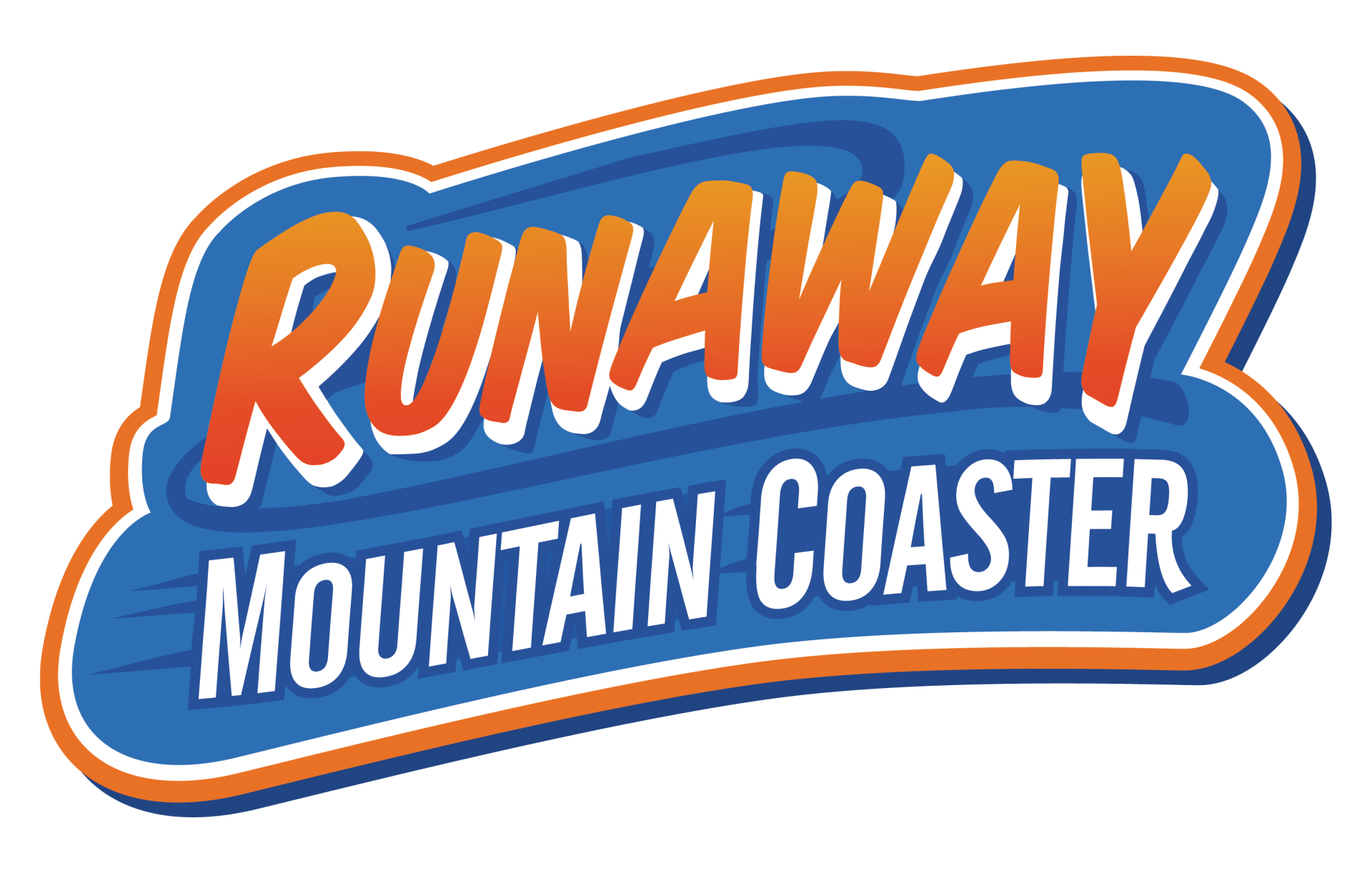
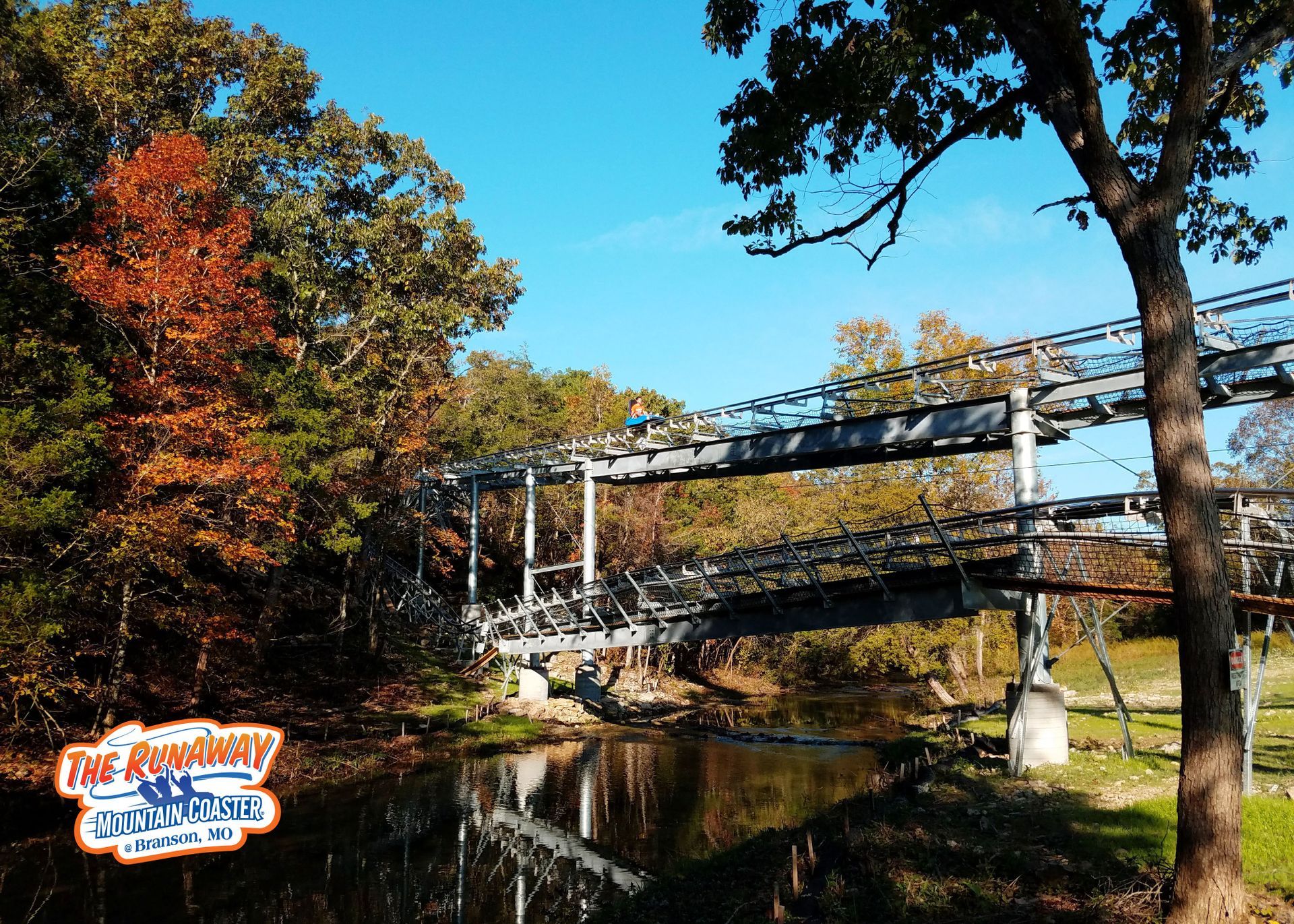

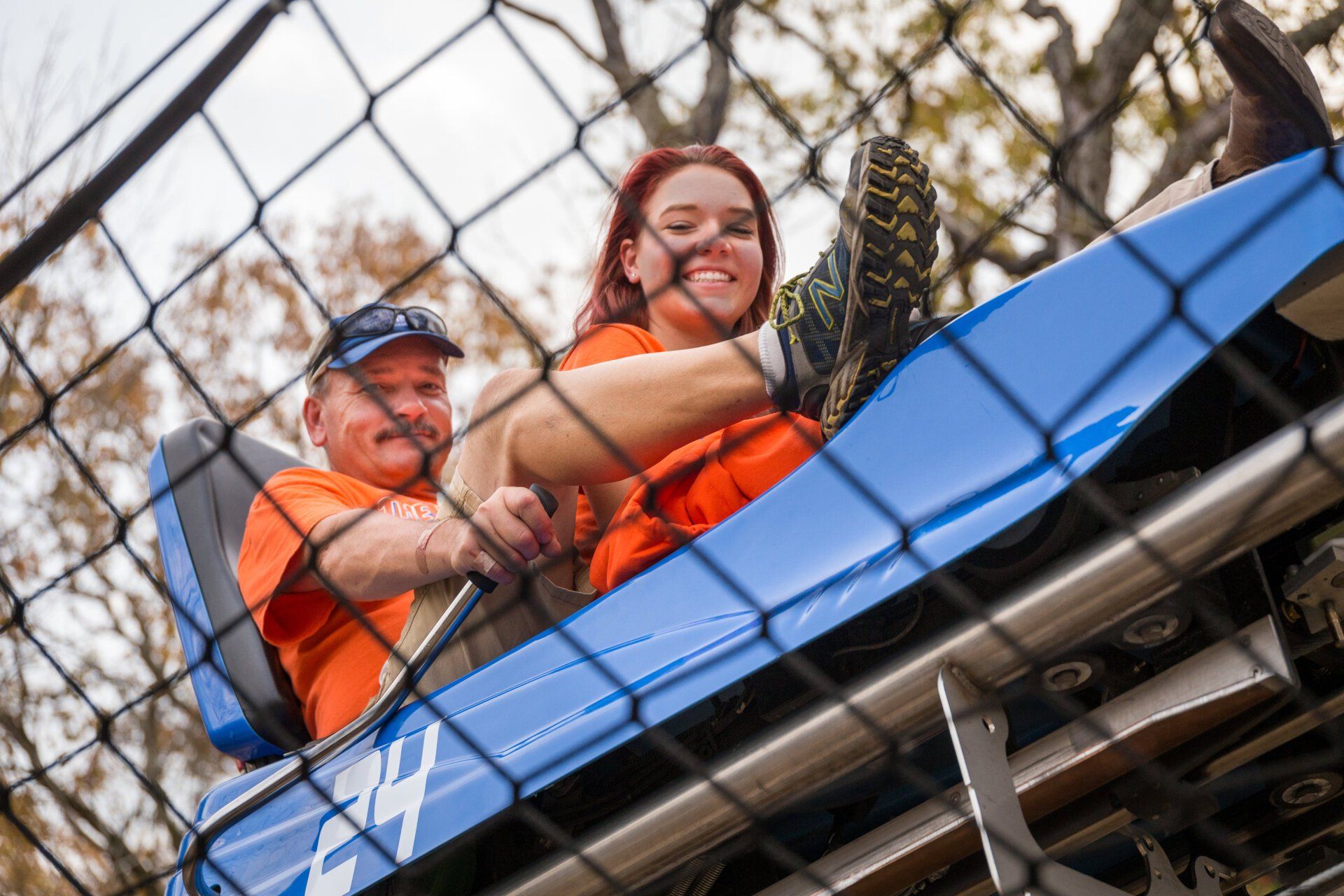
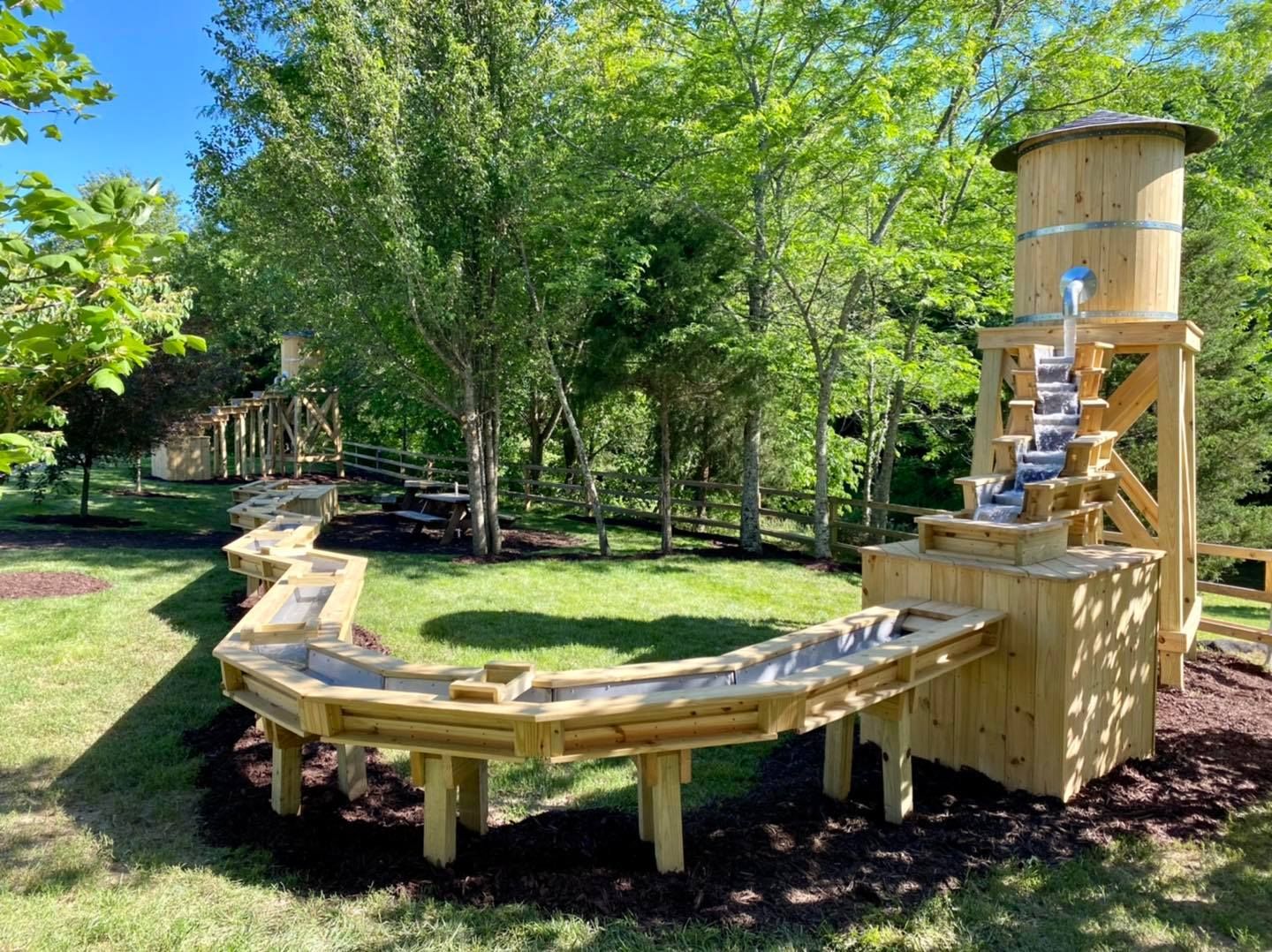

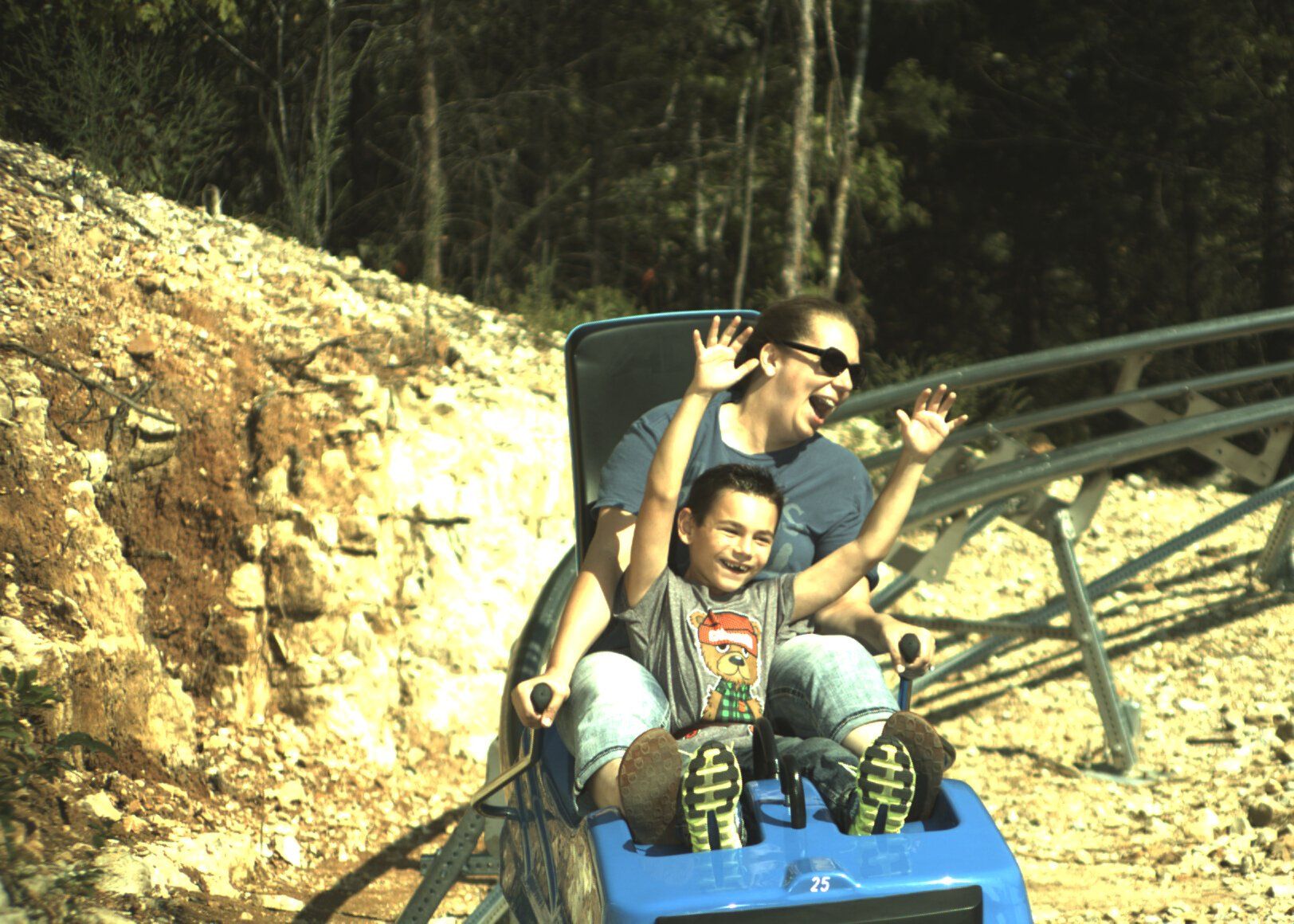
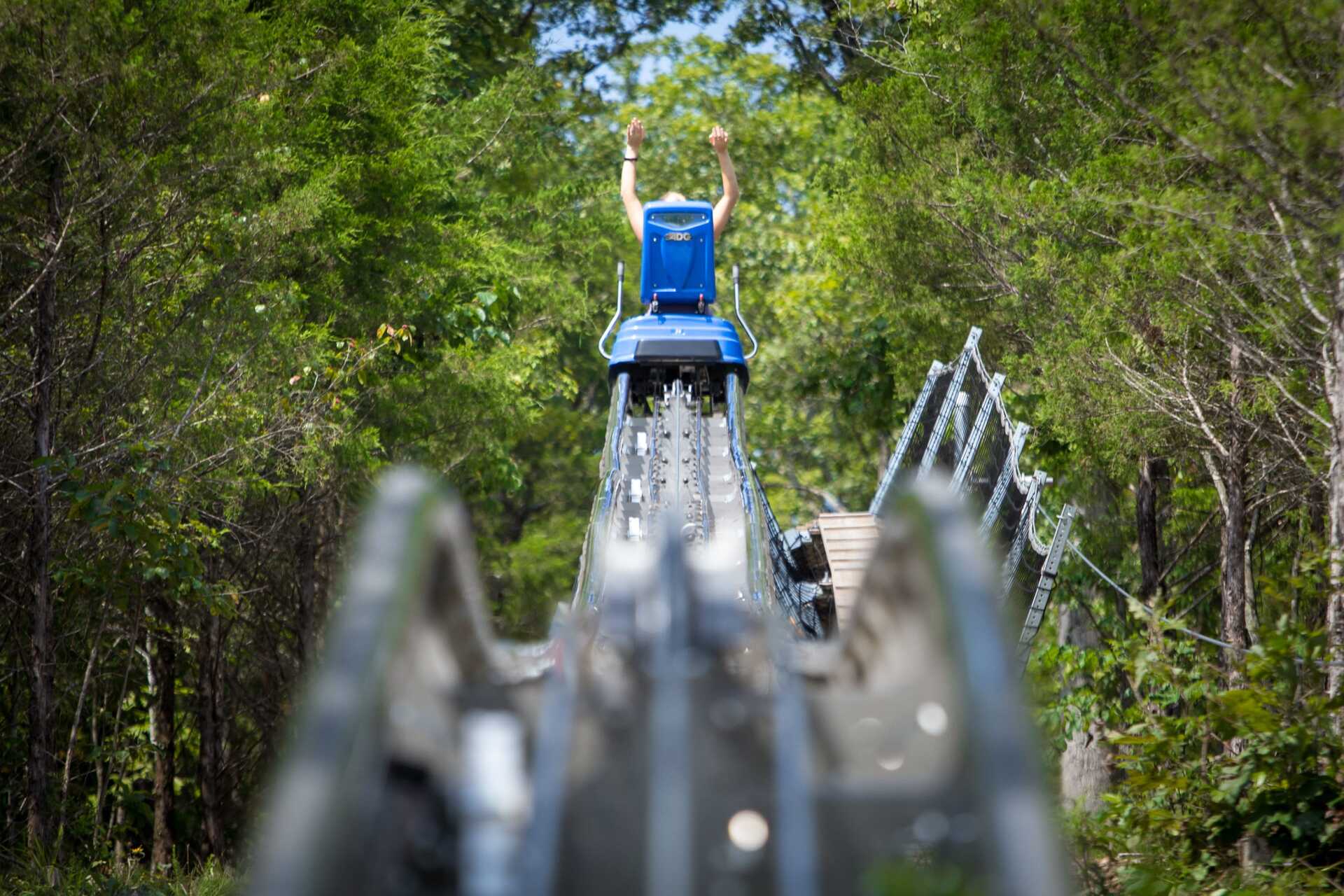


 by
by